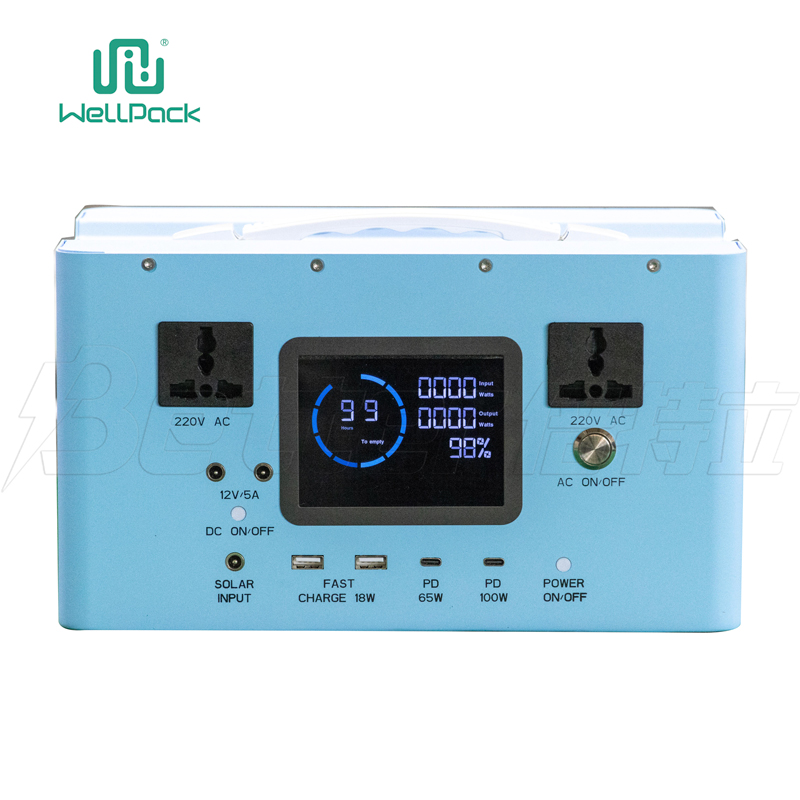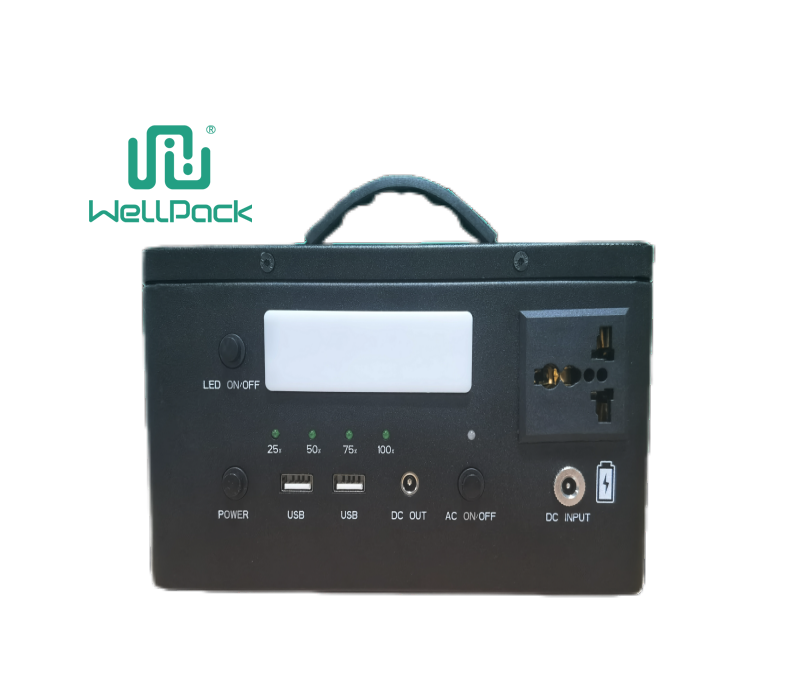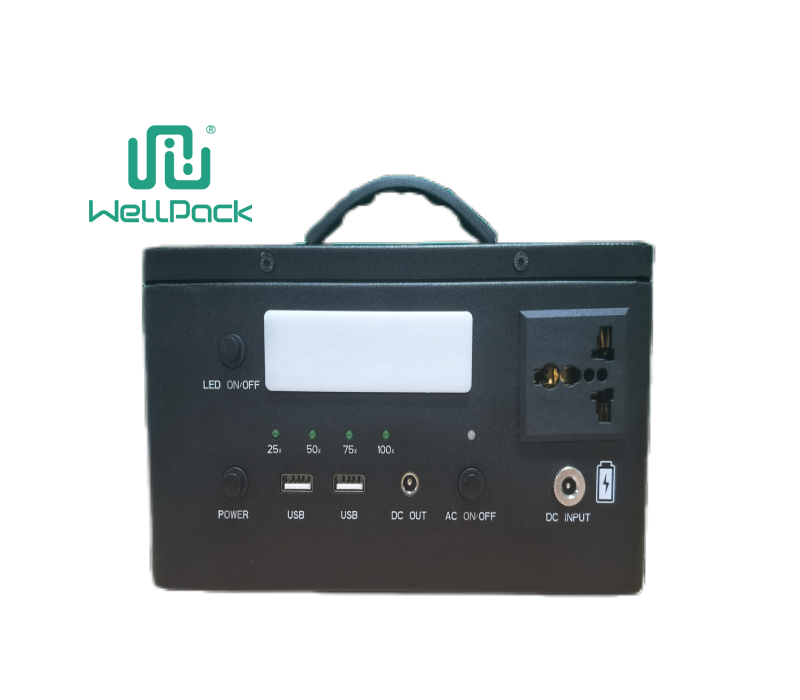Contents
The Basics of Lithium Batteries
When you grab your phone to check a message or start your electric bike for a quick errand, you're relying on a lithium battery without a second thought. But what exactly is a lithium battery? At its core, it's a rechargeable power source that uses lithium ions to store and release energy. Unlike older nickel-cadmium batteries, lithium batteries pack more punch in a smaller package, which is why they've become the go-to for everything from gadgets to cars.
Understanding lithium batteries starts with their structure: two electrodes—an anode (negative side) and a cathode (positive side)—separated by an electrolyte. Lithium ions shuttle back and forth between these during charging and discharging. This setup allows for high energy density, meaning more power without added bulk. If you've ever wondered why your laptop lasts longer on a single charge than it did years ago, lithium tech is the answer.

How Lithium Batteries Work
Let's break down the process. When you plug in your device, lithium ions move from the cathode to the anode through the electrolyte, storing energy. Unplug it, and those ions flow back to the cathode, powering your screen or motor. It's like a tiny highway for charged particles, efficient and fast.
This ion movement is what sets lithium batteries apart from alkaline ones, which rely on chemical reactions that can't be reversed easily. In practical terms, if you're troubleshooting a slow-charging earbud case, knowing this flow helps: blockages from heat or damage can slow the ions down, cutting runtime. Most folks don't need the chemistry details, but grasping the basics can help spot when a battery's nearing the end of its road.
Common Types of Lithium Batteries
Not all lithium batteries are the same—there are a few key variants you'll encounter. Lithium-ion (Li-ion) is the most widespread, found in phones and laptops for its balance of capacity and safety. Then there's lithium-polymer (Li-po), which uses a gel-like electrolyte for flexibility, perfect for slim wearables or drones.
For heavier-duty needs, like power tools, lithium iron phosphate (LiFePO4) shines with its stability and long cycle life—up to 2,000 charges before fading. If you're in manufacturing or shipping goods overseas, picking the right type matters: Li-ion for portability, LiFePO4 for reliability in harsh conditions. Each handles voltage differently, so matching to your device's needs avoids costly mismatches.
Advantages of Lithium Batteries
Why choose lithium over alternatives? First off, they hold more energy—up to three times that of nickel-metal hydride batteries in the same space. This means longer use between charges, crucial for fieldwork or long drives in an EV.
They're also lighter, shaving weight from backpacks or vehicle frames, and recharge faster, often in under an hour with the right charger. Environmentally, they last longer, reducing waste from frequent replacements. In a work setting, like inventory management, reliable runtime cuts downtime; at home, it means fewer interruptions during movie nights.
Potential Drawbacks
No tech is perfect, and lithium batteries have hurdles. They can overheat if pushed too hard, leading to swelling or, rarely, fires—think of those airline bans on damaged packs. Cost is another: upfront prices run higher than lead-acid options for large setups like solar storage.
Over time, capacity drops—expect 20% loss after 500 cycles for typical Li-ion. If you're running a warehouse forklift fleet, this means planning for swaps every few years. Mining lithium also raises environmental flags, though recycling efforts are ramping up to ease that.
Safety Tips for Handling Lithium Batteries
Safety isn't just for headlines; it's daily practice. Store them at room temperature—avoid garages that hit extremes—and never charge unattended, especially overnight. Use manufacturer-approved chargers to prevent voltage spikes that could cause shorts.
If a battery puffs up, stop using it immediately; that's a sign of internal gas buildup. For travelers or exporters, pack extras in protective cases to dodge crushes in luggage. In your workshop, keep a fire blanket handy, though incidents are low with proper care. Simple habits like these keep risks minimal.
Extending Battery Life
Want your lithium battery to outlast the warranty? Calibrate it monthly by charging to full then draining to empty—helps the device gauge capacity accurately. Avoid full drains; aim for 20-80% charge cycles to reduce stress on the cells.
Heat is the enemy—don't leave phones in hot cars—so use cases with vents if you're outdoors a lot. For pros managing fleets, software updates often include battery optimization tweaks. These steps can add hundreds of cycles, saving money on replacements without fancy tools.
Everyday Uses and Applications
Lithium batteries power more than you might list offhand. In consumer tech, they're the heart of smartphones, letting you stream for hours. EVs rely on massive packs for 300-mile ranges, easing commutes.
Medical devices like pacemakers use tiny versions for years of reliability. In business, from cordless drills on job sites to backup UPS systems in offices, they enable mobility. Even renewable setups, pairing with solar panels, store daytime energy for night use—vital for off-grid ops.
What's Next for Lithium Batteries
The horizon looks bright. Solid-state batteries, swapping liquid electrolytes for solids, promise safer, denser packs—potentially doubling EV ranges. Recycling tech is advancing, targeting 95% material recovery to curb mining needs.
Expect cheaper costs as production scales, making them viable for budget gadgets. For importers or manufacturers, this means more options in supply chains. Challenges like supply chain kinks persist, but innovations keep lithium central to green energy shifts.










